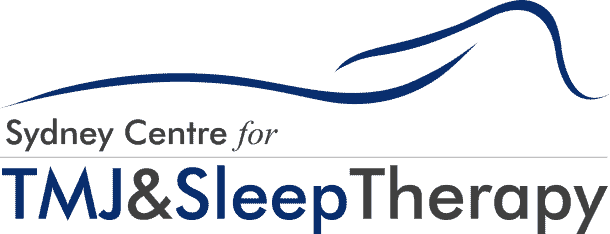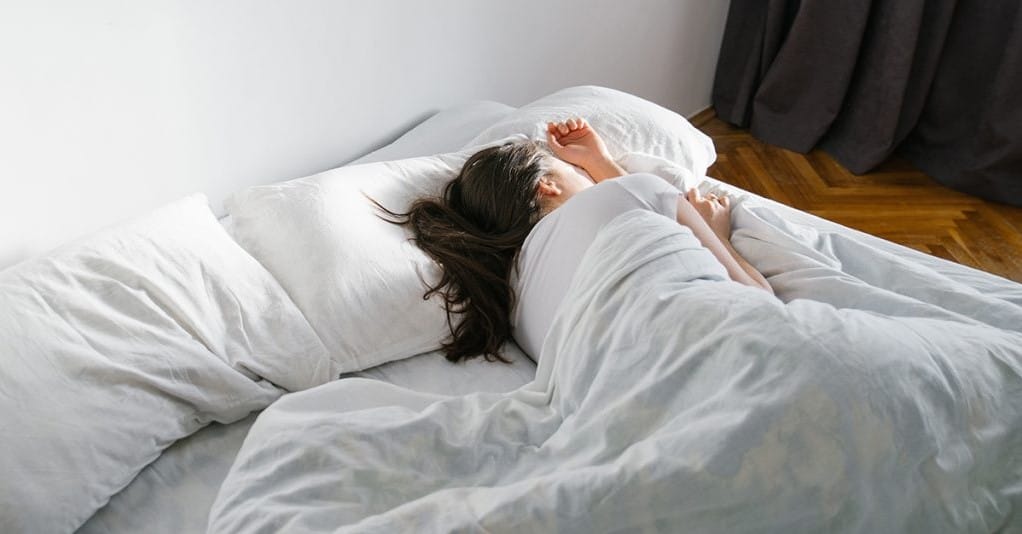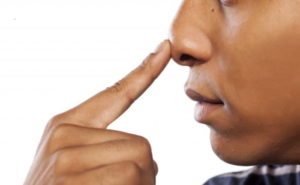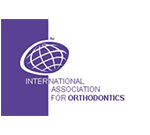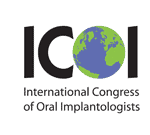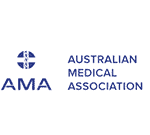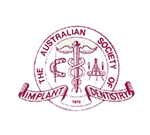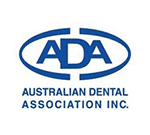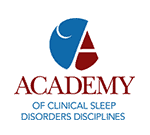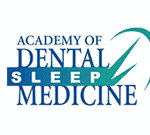Obstructive sleep apnea is a condition that affects millions of adults all over the world. While it may be prevalent, this does not take away the danger associated with this particular sleep disorder. As more people are suffering from this condition, there are also several new studies being conducted in order to find the ideal treatment for those who are diagnosed with sleep apnea.
If you are diagnosed with one, it is important to know about your options. Before you can learn about the obstructive sleep apnea treatment options, it is important to know the cause. Identifying the cause will enable you to find the right fit as far as treatment is concerned.
Obstructive Sleep Apnea Causes

Before an ideal treatment can be identified, it is important to know the underlying cause behind obstructive sleep apnea. This condition occurs when the muscles in the back of your throat is too relaxed that it interferes with your normal breathing pattern. These muscles are vital in order to provide support to the roof of the mouth, as well as the group of tissues that hang from your tonsils and tongue.
When the muscles are too relaxed, it makes your airway narrower than usual. As air passes in and out of your airways, it can lower the amount of oxygen on your bloodstream. As a result, it causes a buildup of carbon dioxide. Because of this, your brain sends a signal of impaired breathing that interrupts your sleeping pattern. This is the brain’s way of reopening the airway but it happens so briefly that you might not be aware of it.
If you do wake up from your sleep, you will notice that you are feeling short of breath. You might even make choking or gasping sound. This pattern can happen for 30 minutes to an hour at about 4 or 5 times per night. This disruption can keep you from having a restful sleep at night. This is why it is important to address obstructive sleep apnea because it can interfere with your sleep and affect overall health.
There are many potential causes and risk factors for obstructive sleep apnea. Excess weight is one of the most common culprits. In fact, majority of those diagnosed with this condition are overweight. Fat deposits can obstruct your breathing passage. Many people who are suffering from medical conditions linked to obesity also have this disorder, such as those with PCOS, hypertension, or hypothyroidism.
Narrow airways are also to blame for obstructive sleep apnea. Or enlarged tonsils can cause blockage in your airways. Meanwhile, people with chronic nasal congestion or those who regularly smoke are at a higher risk for this disorder. Other risk factors and potential causes include a family history of sleep apnea and asthmatic conditions.
Obstructive Sleep Apnea Treatment
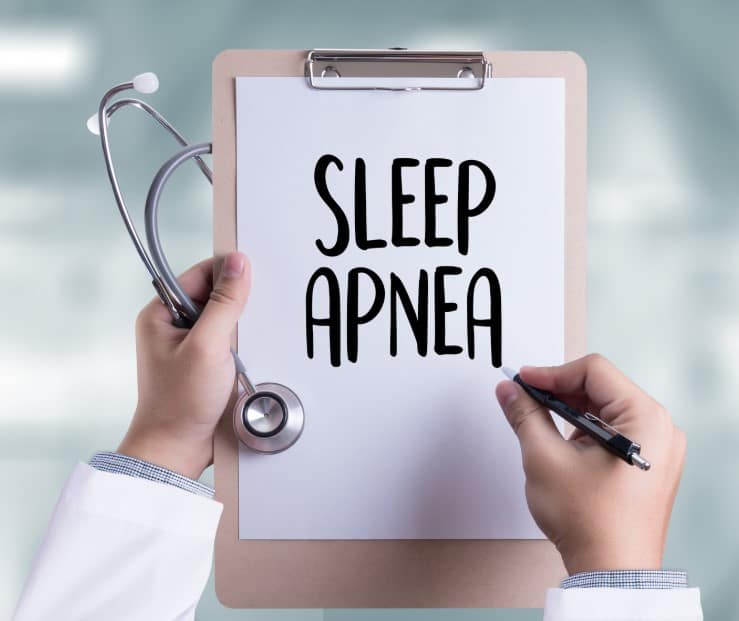
There are several complications that could arise from obstructive sleep apnea, such as cardiovascular health problems and daytime fatigue. Thus, it is important to identify the best obstructive sleep apnea treatment to ensure that you can improve your sleeping pattern and to avoid any of the aforementioned complications.
Positive Airway Pressure Therapy
This is the most common form of treatment for obstructive sleep apnea. It is recommended for moderate and severe cases. This treatment requires the patient to wear a full-face mask that introduces pressurised air into the upper airways. The aim is to prevent the relaxed muscles from collapsing so as not to interfere with the breathing passage. Depending on the extent of the case, the level of pressure that is introduced will vary significantly.
Oral Pressure Therapy
This is another treatment option available but will not require the use of a mask. Instead, a mouthpiece will be fitted to the patient with the use of a tubing and small vacuum console. The light vacuum is responsible for repositioning your tongue during sleep in order to keep the airway open.
Oral Appliances
The use of oral devices is also a common treatment approach for anyone suffering from obstructive sleep apnea. A mouth guard is an example of oral appliances for sleep apnea. The purpose of wearing such devices is to keep your upper airway open at all times. This will facilitate ease of breathing and can also help those who snore. These oral appliances should be fitted by a licensed dentist to ensure the right fit.
Surgery
Surgical procedures might be recommended to treat obstructive sleep apnea, especially when none of the aforementioned treatments work. This is also the ideal treatment option for anyone who suffers from OSA due to facial abnormalities. Bariatric surgery is often recommended for those who are severely overweight patients.
Other types of surgical procedures recommended for OSA patients include upper airway stimulation, surgical opening of the neck, and jaw surgery. Surgical procedures to remove polyps or enlarged tonsils might also help to ease the symptoms of OSA.
The above treatment options for patients diagnosed with obstructive sleep apnea vary in terms of how they are administered and how they can address the problem. Make sure to consult with a sleep doctor so they can determine the cause and choose the most appropriate treatment.
